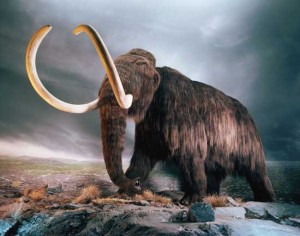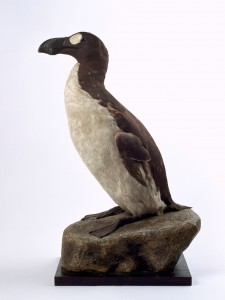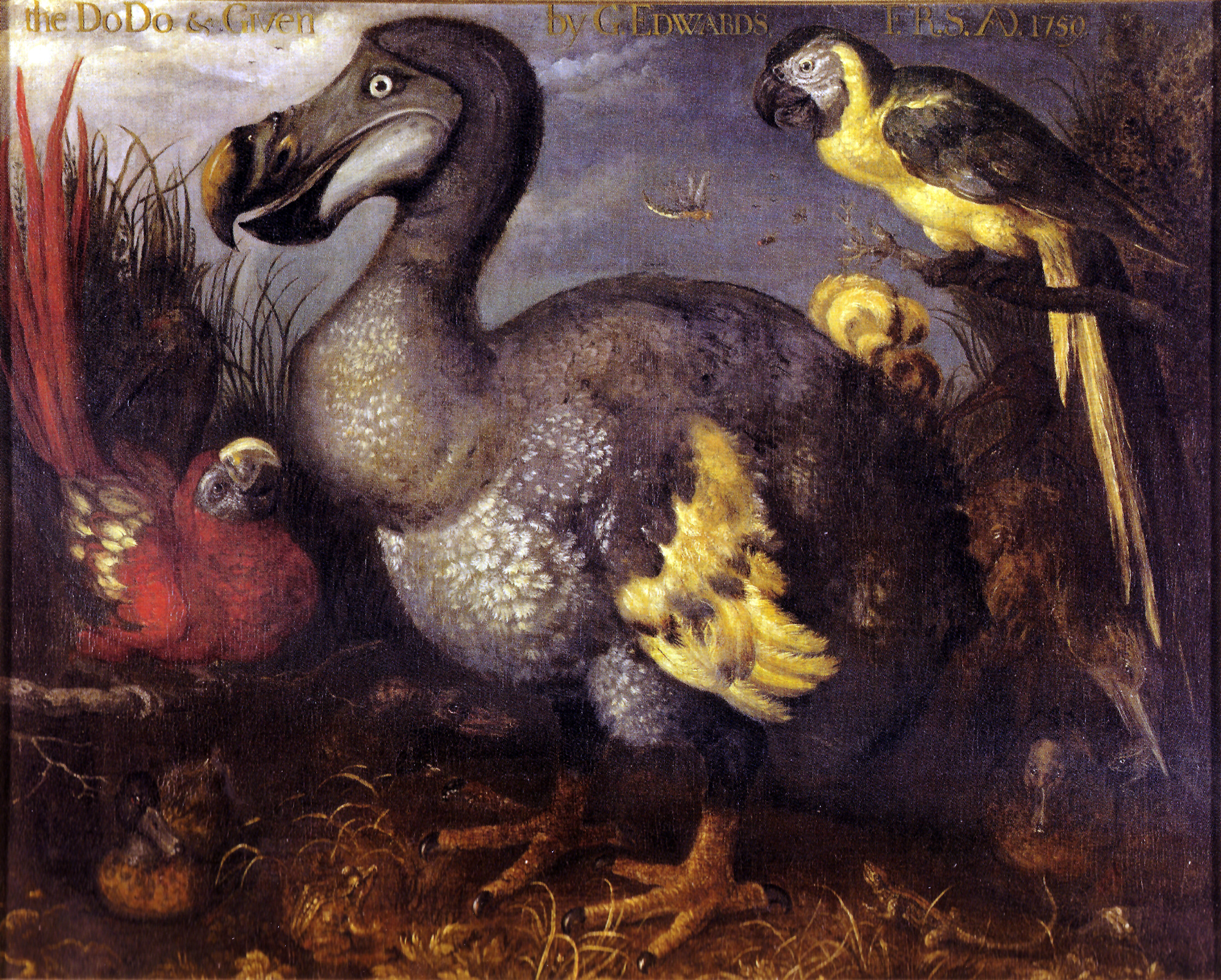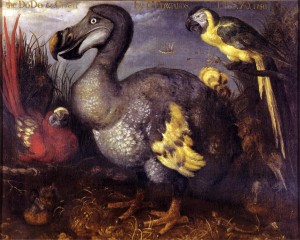- Firehawks: waking up to stories of the Dreamtime - 10/03/2018
- South Africa’s topsy-turvy seasons - 05/01/2015
- Do badgers play Friesian tag? - 29/05/2013
While most of the younger generations are familiar with the ideas behind Jurassic Park, they are probably also aware that, despite the best efforts of geneticists, there is no possibility of conjuring up a T. Rex from the fossilised remnants that are on display in museums.
However, there are plans afoot to attempt a similarly ambitious project with species that have disappeared from the earth more recently. These reintroduction programmes, where there are currently no living relatives to repopulate the species, have been termed “de-extinction”. The Long Now Foundation (a private, not-for-profit organisation committed to very long-term thinking about the human population) has conceived a Revive and Restore Project that aims to return some of the planet’s missing biodiversity. Candidate species have already been identified and include; the Passenger Pigeon (US), the Great Auk (Europe), the Dodo (Mauritius),the Huia (New Zealand), the Tasmanian Tiger (Australia) and the Woolly Mammoth (Russia).

Genetically-altered (“chimeric”) foster parents can be reprogrammed to produce gametes from other species. So, for example, a chimeric duck can produce chicken sperm cells. Once both male and female chimeric foster parents have been created, they would be able to produce offspring of extinct target species. To some extent, the techniques employed to create chimeric foster parents will be similar to techniques already used in cloning. While those techniques have yet to be perfected, scientists with The Long Now Foundation are confident that they will be.

It seems likely that the Passenger Pigeon will be selected as the first species for de-extinction, because recent phylogenetic work has identified important genetic sequence information, as well as its nearest extant relatives (Johnson et al. 2010). However, it is unlikely that laboratory work will begin on the de-extinction immediately; the ethical and ecological debates surrounding these issues are likely to be protracted.
But if de-extinction can work and the technology is embraced as an important ecological restoration technique, what incredible venues the zoos of tomorrow might be. They could become the places where you go to see the first representatives of a species, rather than the last.
Author
David J Kelly: djkelly[at]tcd.ie
Photo credit
http://true-wildlife.blogspot.ie/2011/04/woolly-mammoth.html
wikimedia commons


